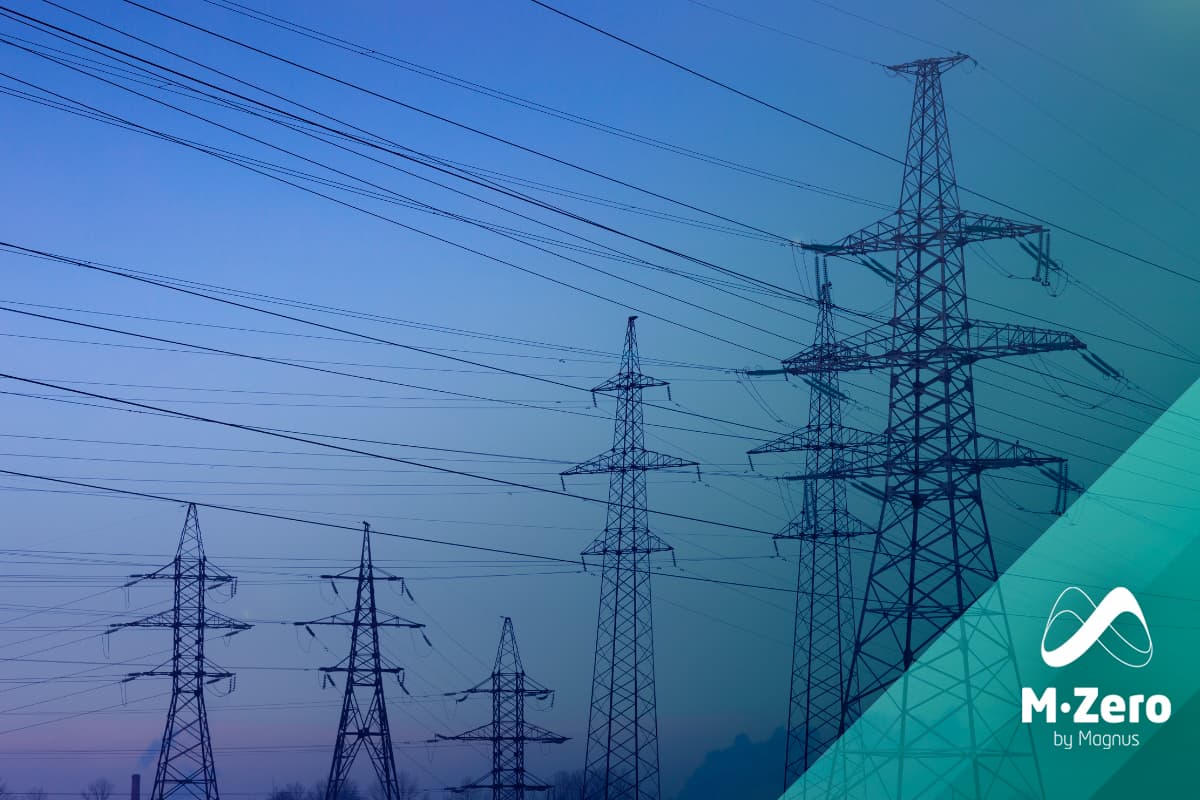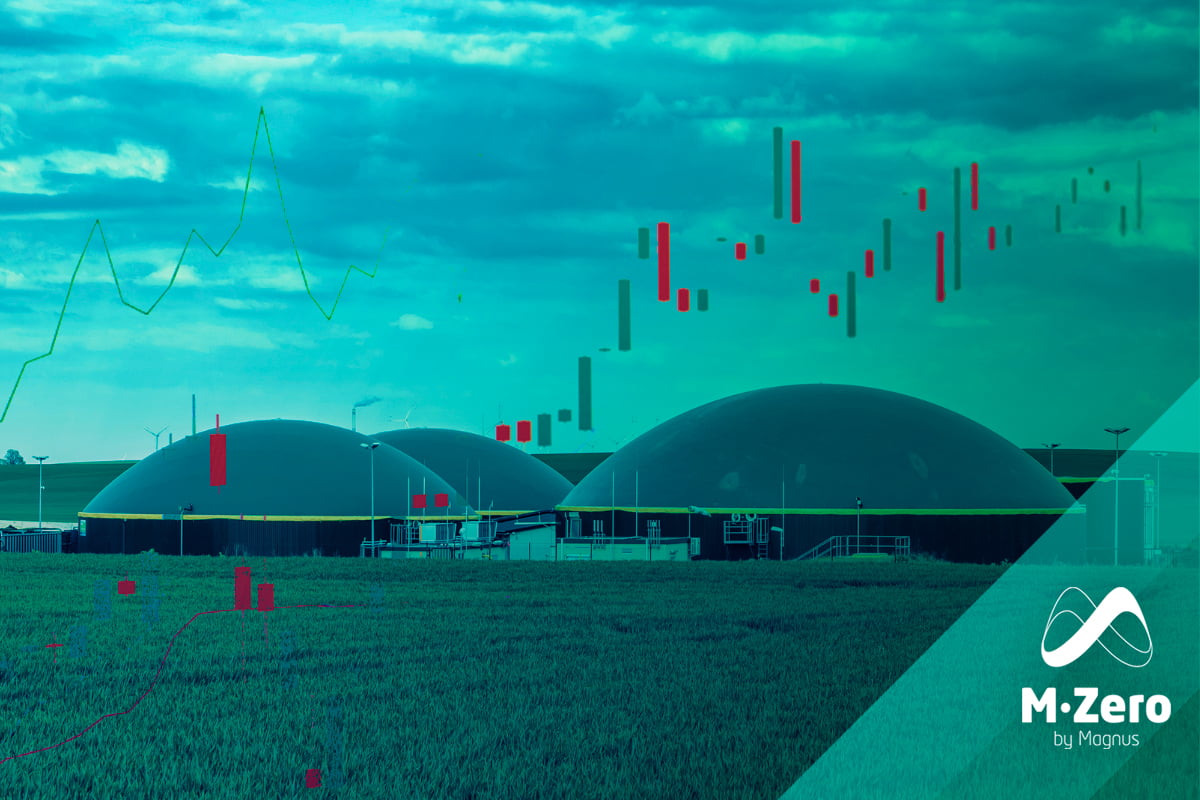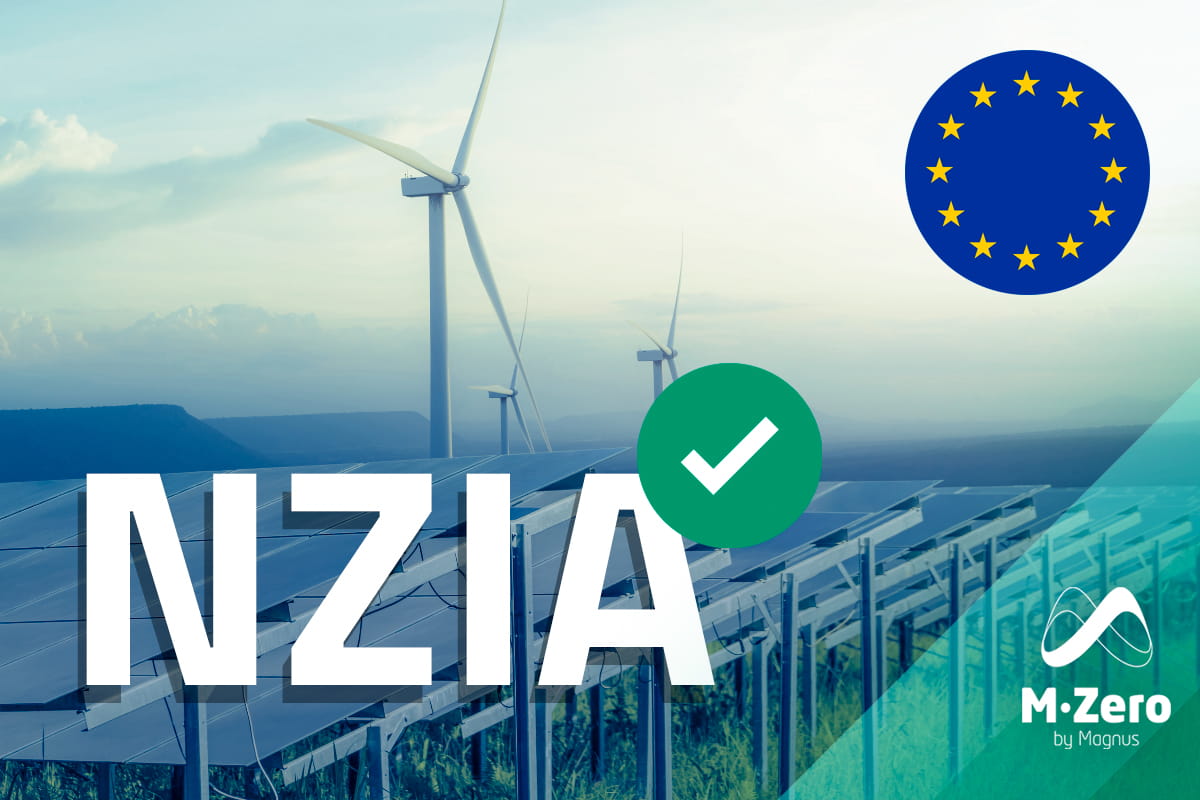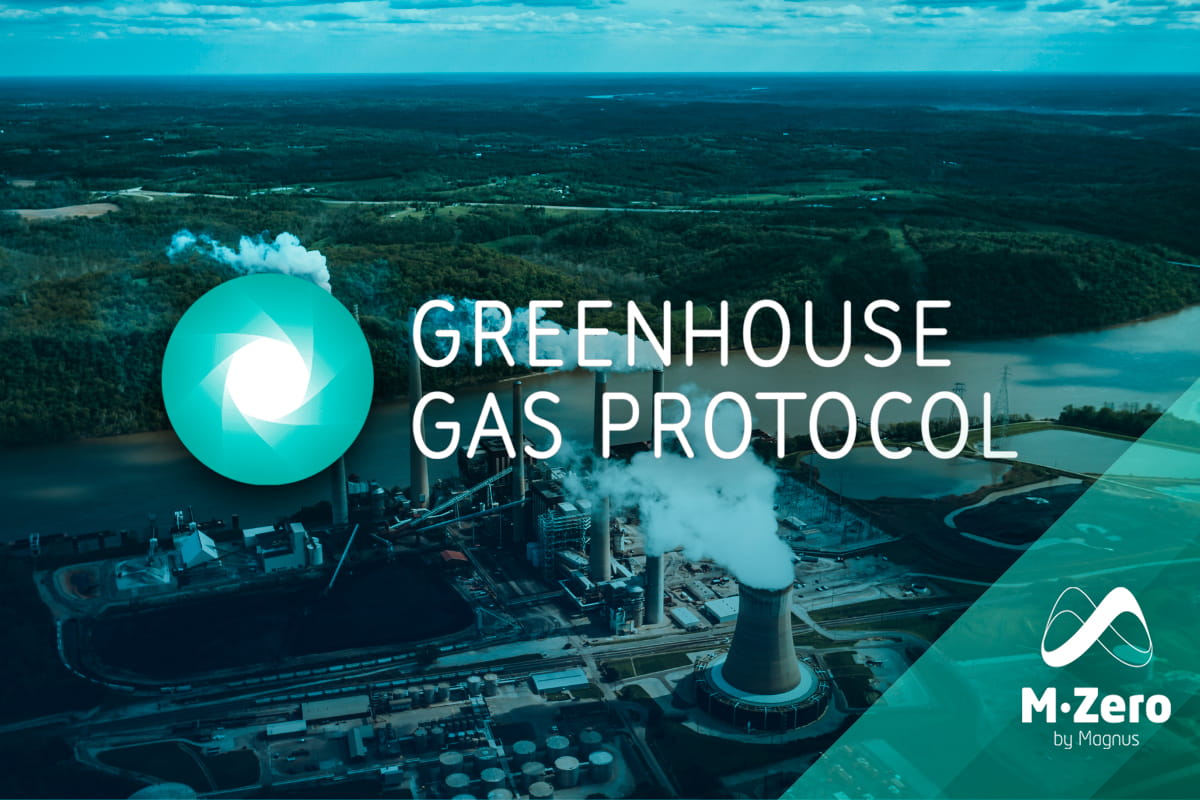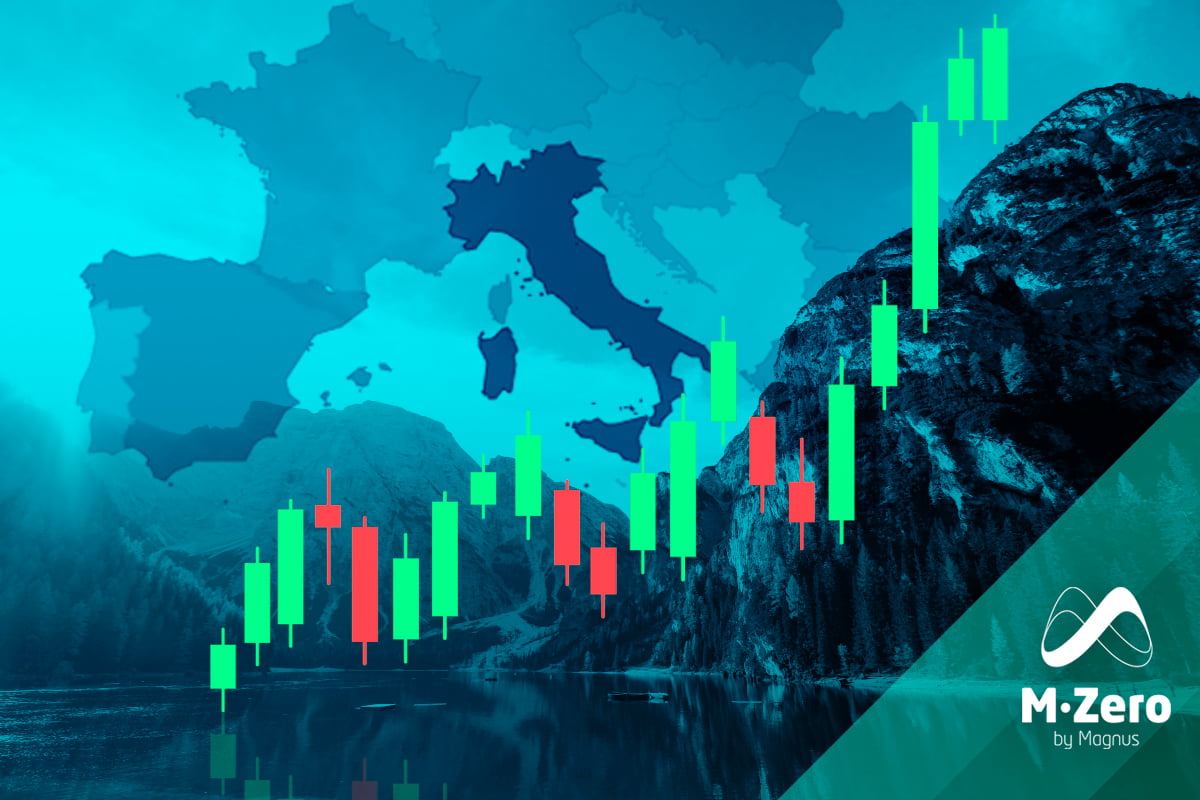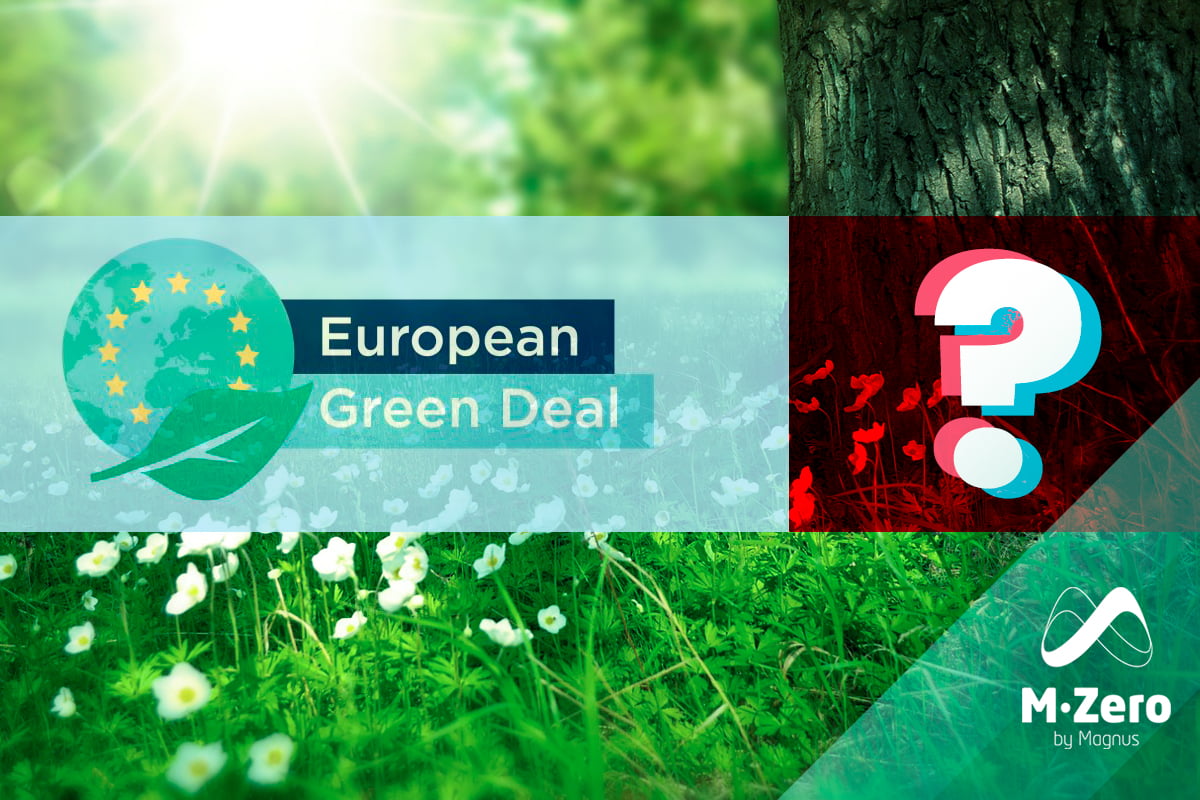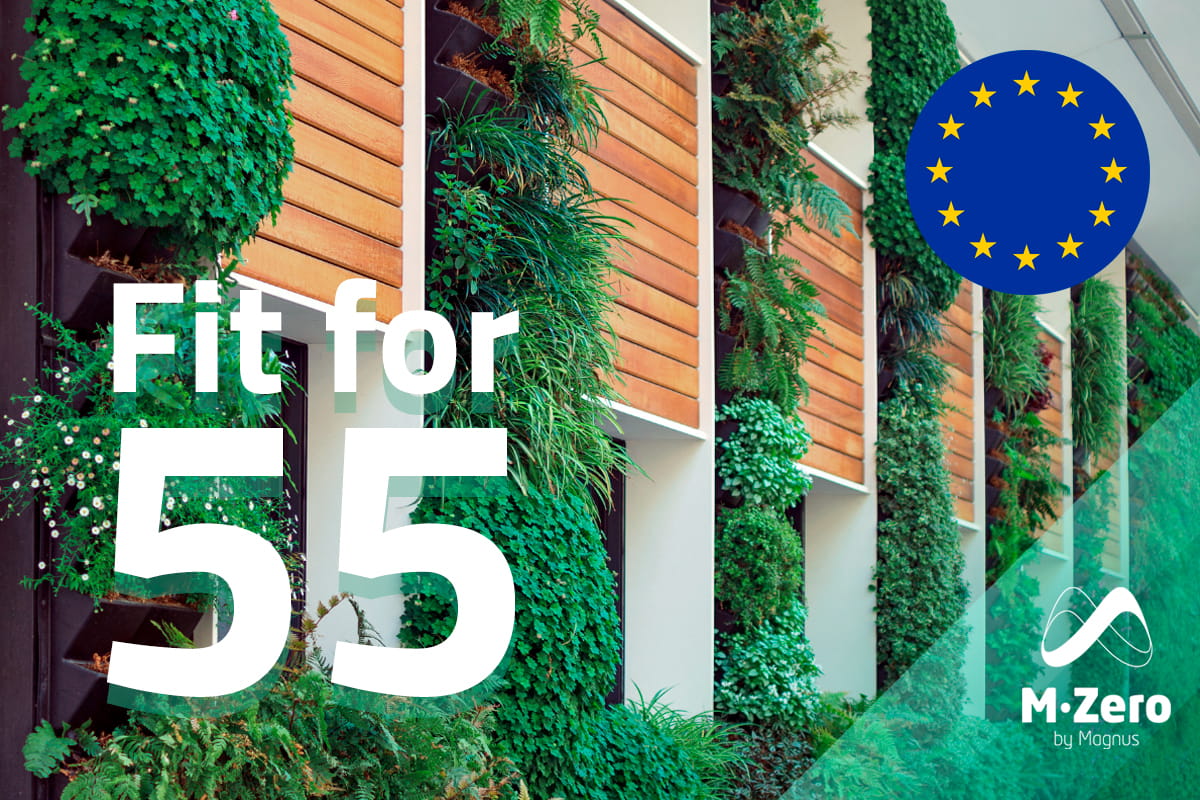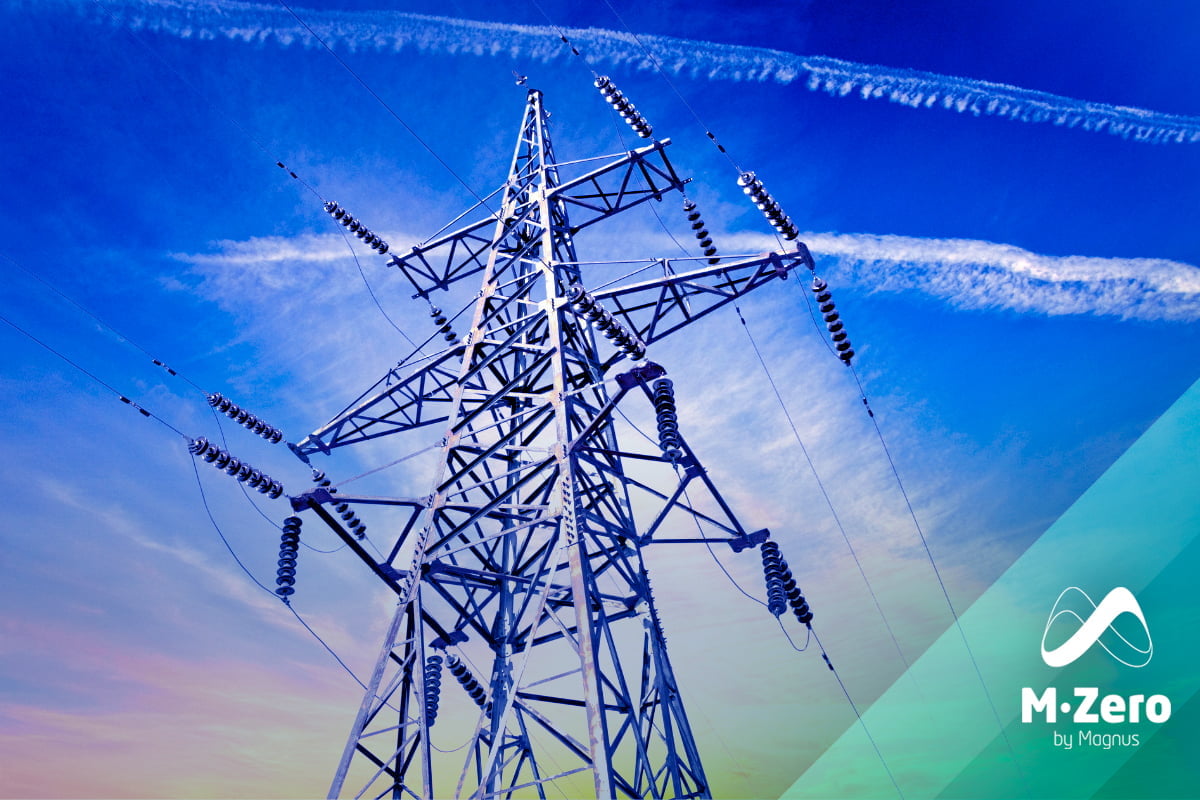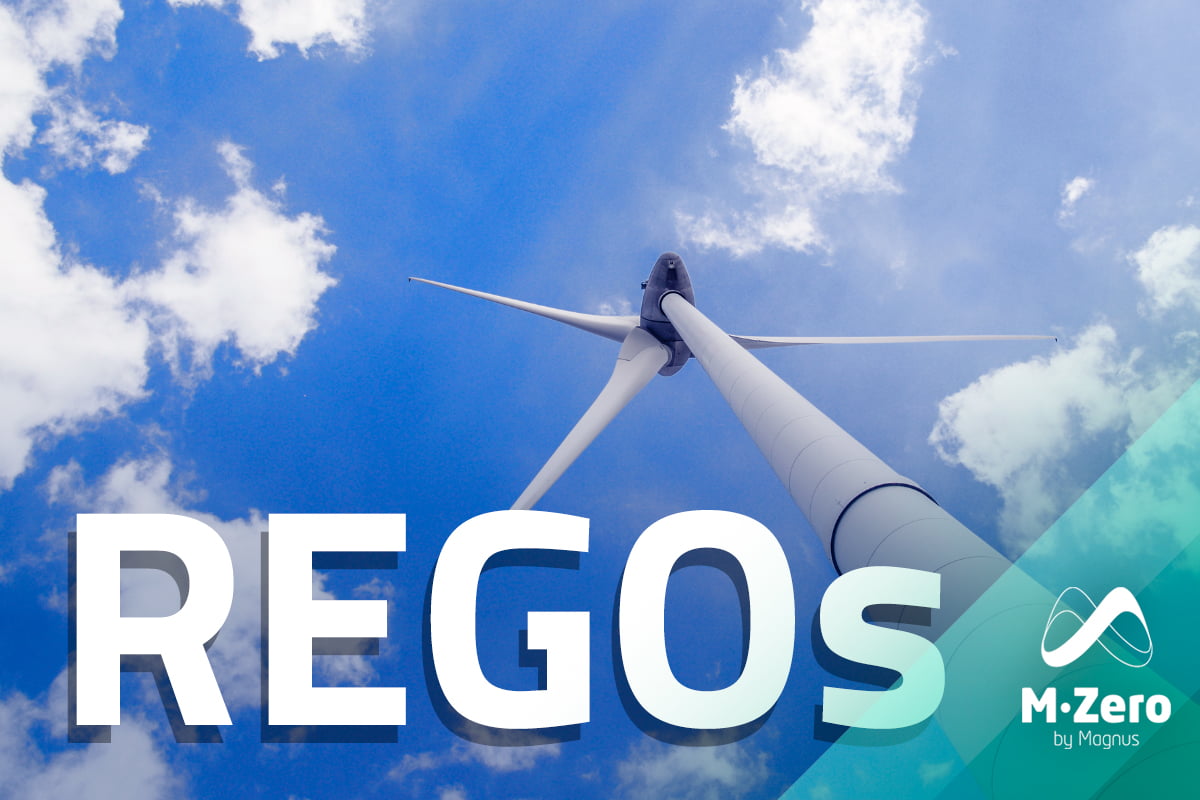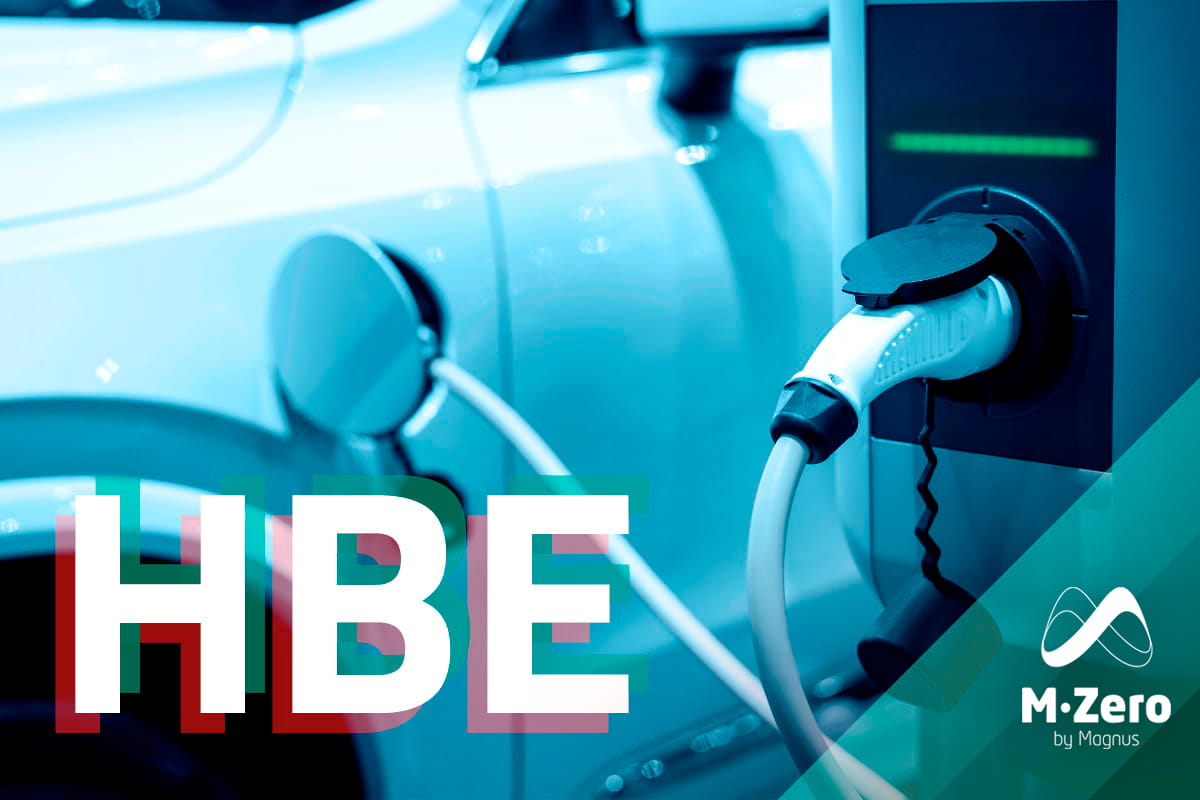
Electric vehicles running on electricity have zero tailpipe emissions but charging them can lead to power plant emissions. On average, an EV has lower total emissions than a standard vehicle; however, if charged with electricity produced from renewable sources, these emissions are reduced or eliminated.
A transport industry powered by renewable energy is vital for a more sustainable society. But how can we know where the energy comes from, and how can we ensure that electric transport uses renewable energy when connected to the European grid?
To ensure that the energy consumed comes from renewable sources, the volume must be verified with Guarantees of Origin, instruments used to document renewable energy.
Transport, however, presents unique challenges. Unlike static consumption points, such as buildings, data centers or factories, transport is – obviously – mobile. Therefore, countries in the EU developed systems to measure the output of recharging points.
In the Spanish context, such a system is not yet available. However, in this article, we intend to show how countries such as Germany, the United Kingdom and the Netherlands have already implemented measures and explore the EU approach in developing mechanisms to reach their 2050 targets. In this regard, we do not rule out the possibility that an analogous system will soon be introduced in the Iberian nation.
What are HBEs in the Netherlands?
An HBE – Hernieuwbare Brandstofeenheden, a Renewable Fuel Unit is a certificate representing 1 GJ of clean energy supplied to transport. Fossil fuel suppliers are obliged to hold HBEs for a part of their deliveries to transport (in 2023: 18.9%). This can be done in various ways, such as supplying biofuels or electricity to transport.
The HBE market mechanism has been created to comply with EU legislation, which requires Member States to increase the share of renewables in transport and to reduce GHG emissions from fuels. Each country fulfils these obligations differently, so HBEs are only valid and tradable in the Netherlands.
At the moment, 97% of the HBE market is made up of biofuels, while HBE offers from electricity deliveries are still relatively small. With the rapid introduction of electric vehicles, the benefits of generating HBE are growing and voluntary participation in the HBE market can generate significant revenues, now and in the future.
How many HBEs are generated when charging an EV?
1 HBE represents 1 GJ of sustainable energy supplied. As electric cars and charging stations are typically measured in kWh, we can convert one HBE into kWh. By 2024 the share of renewable electricity in the Netherlands grid will be 39.9%, so:
– 1,000 kWh x 0.0036 = 3.6 GJ
– 3.6 GJ x 0.399 = 1.4364
– 1,4364 x 4 (efficiency multiplier of an electric motor) = 5,7456
– 5,7456 = 5 HBE (always rounded down)
With local generation from sources such as solar or wind, 100% renewable electricity can be supplied and accounted for. In addition, there is an additional incentive factor of 4 for electricity supply offers. This multiplier is used because electric transport is often much more efficient than combustion engine vehicles.
How much can be gained with an HBE?
Major fuel suppliers must make their supplies more sustainable and should increasingly own HBEs. HBEs are not a subsidy, but a market mechanism whereby fossil fuel suppliers help pay for sustainable energy supply for transport. Just like a GO for electricity.
The price of an HBE certificate fluctuates around 10 – 20 Euros and is largely determined by the biofuel trade.
A public dual charging station delivers between 4,000 and 8,000 kWh per year. An average DC charger can supply between 25,000 and 50,000 kWh per year. Therefore, according to the above calculation a supply of 50,000 kWh can generate 287 HBE, resulting in an income of approximately 5,700 €.
Which offers are possible?
This depends mainly on the hardware installed on site; solar panels, wind turbines and/or a battery are important in this case.
If the energy of the charging infrastructure comes entirely from the grid, only the renewable part can be offered. This percentage has been set at 39.9% in 2024 in the Netherlands. If the renewable energy supply is locally generated, it is possible to bid a (significant) part of the delivery at 100%.
This advantage can be further exploited by using battery storage. The stored (locally generated) sustainable energy can be supplied to transport at a later point in time to continue to make use of the 100% HBE reserve.
How does the HBE market work?
After all, the revenues of HBEs are determined by the market value, which is decided by market forces. However, the HBE market lacks transparency. This is because 97% of the current HBE supply is made up of biofuels.
Owners of refueling stations could earn additional revenue from HBEs. The number of HBEs one can account for at a refueling station is often small compared to large operators, which makes individual trading difficult due to the often-large trading volumes. However, this is opening a door of opportunity for companies to pool smaller volumes and bid collectively at a better price.
The implementation of similar systems such as an HBE provides a model for other countries to follow, not only meeting EU legislative obligations to increase the share of renewable energy in transport, but also offering economic opportunities for sustainable energy suppliers and charging station owners. What is clear is that decarbonization opens new doors for innovation and collaboration in the search for environmentally responsible solutions.
If you found it interesting, please share it!
Recent Articles







